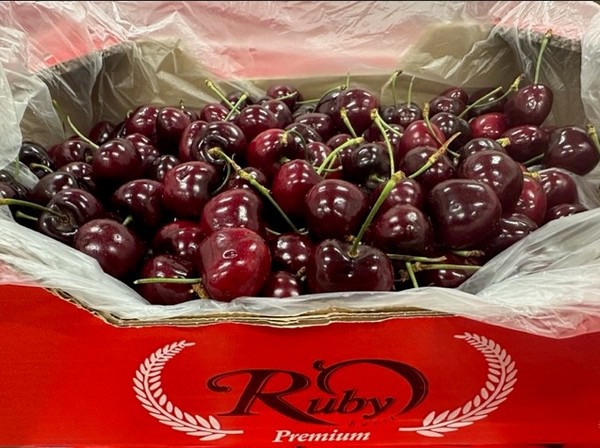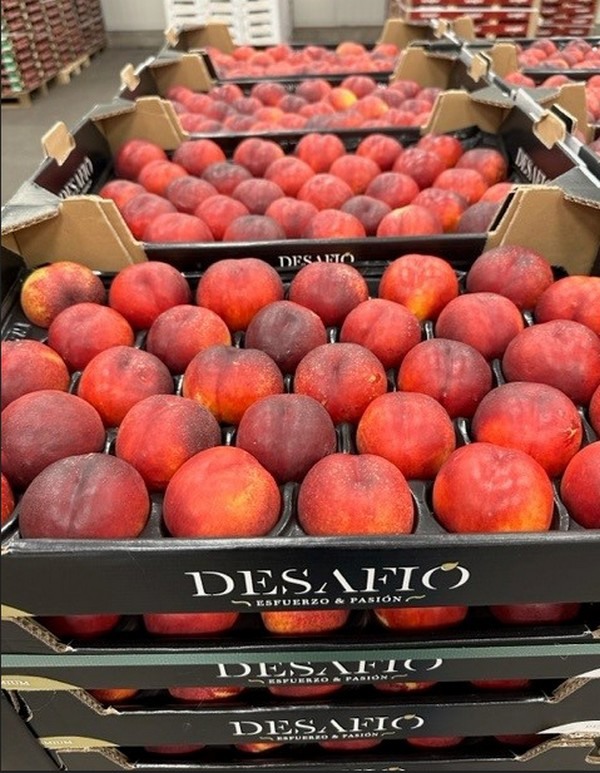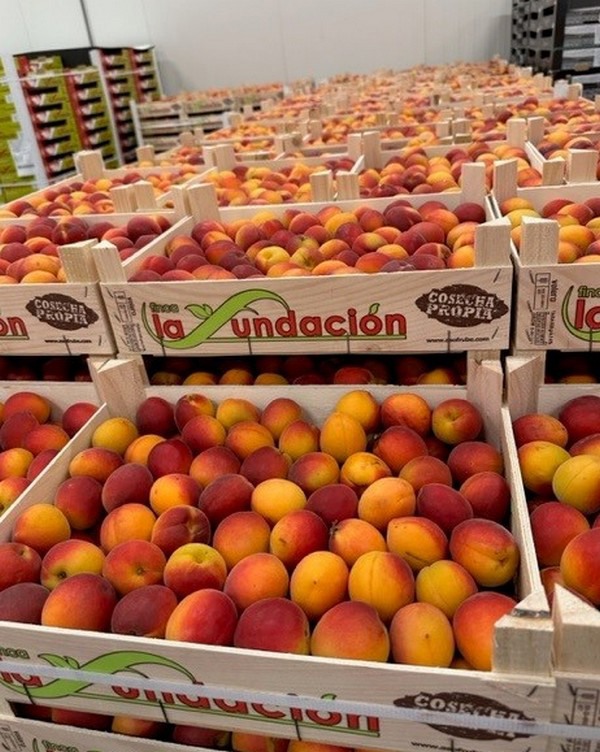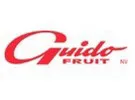Weather-related issues characterize the Spanish import season. Several heavy rainstorms followed a long dry spell, which caused problems with, for example, Spanish soft fruit supply and quality. That seems to be improving now. Guido Jr. Heerman of the Belgian importer Guido Fruit experienced that too. "Supply was meager at the beginning of the season, but since Lleida and Huesca have started, more and more are becoming available," he begins.

The Spanish stone fruit season got off to a bumpy start at Van Dijk Foods Belgium too. In mid-April, they got their first nectarine and peach volumes. They were of excellent quality," says Henk Vlaeminck. "It was very sunny then, so they had high brix values. In the following weeks, however, Spain's water availability problems marked these fruits, making it difficult to get good quality stone fruit. Those growers are very concerned about the drought. It rained in late May, but it was torrential, which didn't solve the water problem. The water runs off very quickly, which doesn't help. It must have time to soak into the soil."
That meant that until early June, nectarine and peach prices were high, these specialists say. "It stayed dark and colder here for a long time, so demand also lagged slightly. As the temperature slowly rose, sales increasingly picked up," Henk explains.
"Combine that with quite a limited supply until late May, and prices were generally on the high side," adds Guido Jr. "Supply's picking up somewhat due to several Spanish regions coming into the picture, but we still seem to trade peaches, nectarines, and apricots at commercial prices. I think the Spanish stone fruit season will end up being nice, with generally more volume than last year. However, the water shortage is a long-term problem that worries our growers."

The dry spell is of great long-term concern to Spanish cherry growers, too, Guido Jr. explains. Yet, the grim weather in late May was their biggest headache. "The Spanish cherry season started very promisingly with outstanding quality and sizes. But, storms and heavy rainfall alternating with drought during peak cherry season did that fruit's quality no good. That was a major game-changer, as it immediately reduced supply. That's happened before, but it does put a damper on the end of the season," he admits.
Henk agrees, adding that Belgium got almost no volumes in early June. "There were particularly limited volumes exported after those showers. And that still affects us. There’s demand, especially now that the beautiful weather has arrived in Belgium. Then cherries usually fly off the shelves. However, it’s hard to find good quality. Spanish supermarkets sold the available good quality, which left little for export, causing prices to skyrocket."

"I don't expect that to change much during the rest of the season either. The season normally runs until late June, so shoppers must wait for the Dutch and Belgian cherry supplies. These will undoubtedly provide market relief, but the Spanish cherry season will end with high prices. I could, in fact, not name any imported fruit that was still cheap in early June. Climate issues seem to be worsening in many places, and there's limited water availability. Be it cherries, stone fruit, kiwis, or oranges. Supply is quite limited, and prices are high. It means plenty of fruit is becoming almost luxury items," Henk concludes.
For more information: 
Guido Fruit
Tel.: +32 (0)2 242 70 70
info@guidofruit.be
www.guidofruit.be
Van Dijk Foods
Tel.: +32 15 55 65 61
info@vdfb.be
www.vandijkfoods.be
